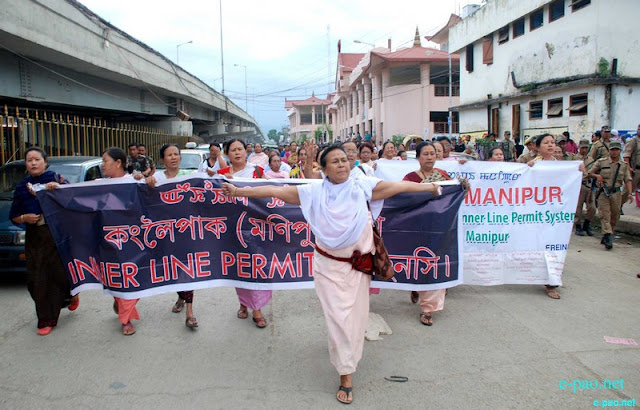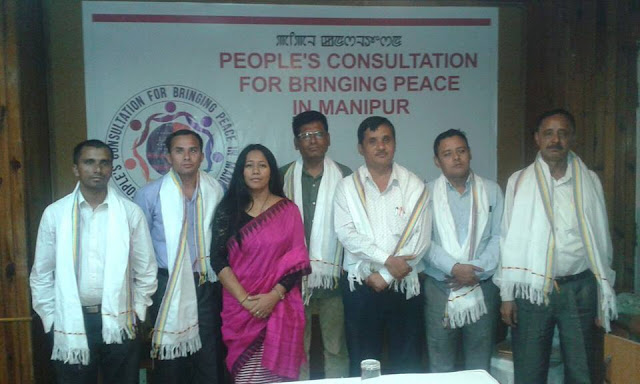Manipur 7th july 2016 United Gorkha Committee of Manipur (UGCM) delegates meet CM Okram Ibobi Singh and had positive response from Hon'ble CM. Various greviences were tabled. Beside ILPS, the delegates also shared Gorkha community's issues. 14 members delegates of United Gorkha Committee, Manipur (UGCM) accompanied with Sekmai AC MLA Shri Kh. Devendro Singh meet Hon'ble Chief Minister, Shri O.Ibobi Singh and discussed various greviences that have been facing by our community.
After a hour long discussion a copy of Memorandum had been submitted to CMO-Manipur.
Demands chartered are as as follows-
He assured electrifying Irang areas will complete by October this year.
Meeting with CM as been completed with thanks giving for keeping his words for providing the monetary assistance to the injured victims, and job to the father of Tilak Poudel who was killed in Police action during the protest against the rape of a minor girl on 18th April 2014.
Report via Lok Adhikari, General Secretary, All Manipur Gorkha Students' Union.
After a hour long discussion a copy of Memorandum had been submitted to CMO-Manipur.
Demands chartered are as as follows-
- 1. The Government of Manipur must invite Gorkha community for consultation during redrafting the ILPS bills.
- 2. 200-300yrs old History of Gorkhas settlement in Manipur should be preserved and no "Migrants" allegation should be made on Gorkhas of Manipur.
- 3. To reintroduce 4 Gorkha Gram Panchayats which has been abolished few years back.
- 4. To protect and insure the safety of Gorkhas in Manipur as well to facilitate remote areas with proper connectivity, healthcare, quality education, etc
- 5. Service quota in various department of State Govt. to be reserved for the aspiring Gorkha youths.
 |
| United Gorkha Committee of Manipur delegation met Chief Minister O.Ibobi |
- Besides several other points General Secretary of AMGSU also added few core agendas of the Union.
- 1. To check the Discrimination faced by Gorkhas while seeking Residential Certificate, Domicile Certificate, Gorkha Certificate and other required documents in District Administration Offices, and offices of SDC, SDO in Gorkha dominated areas.
- 2. Proposed for building a statue to honour first Gorkha freedom fighter Saheed Niranjaan Singh Chettry. Taking a serious note, Hon.CM ask to find a proper place where that can be install.
- 3. Proposed to construct a Gorkha Hostel in state capital.
- 4. Non availability of facilities like proper educational institutions, health care, and electricity in Irang areas was the another point.
He assured electrifying Irang areas will complete by October this year.
Meeting with CM as been completed with thanks giving for keeping his words for providing the monetary assistance to the injured victims, and job to the father of Tilak Poudel who was killed in Police action during the protest against the rape of a minor girl on 18th April 2014.
Report via Lok Adhikari, General Secretary, All Manipur Gorkha Students' Union.









.jpg)


